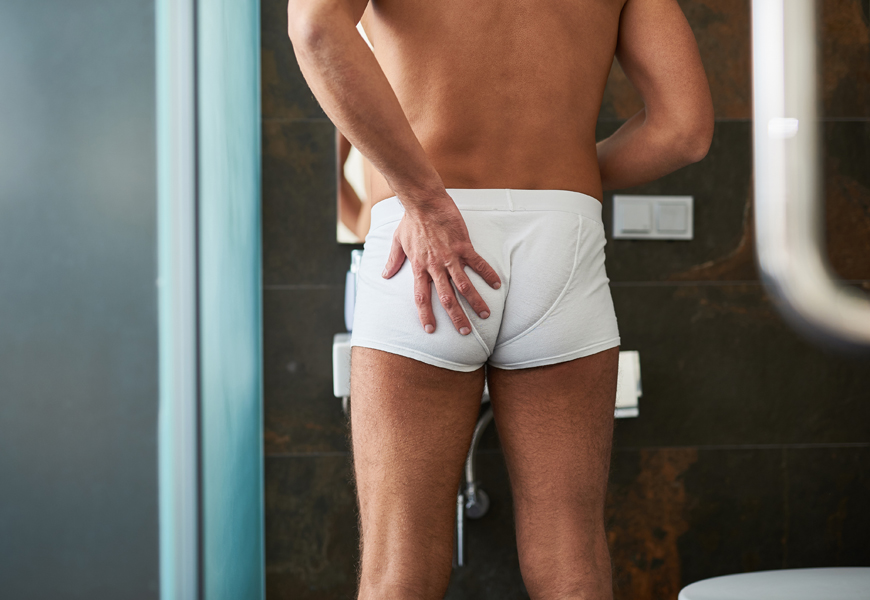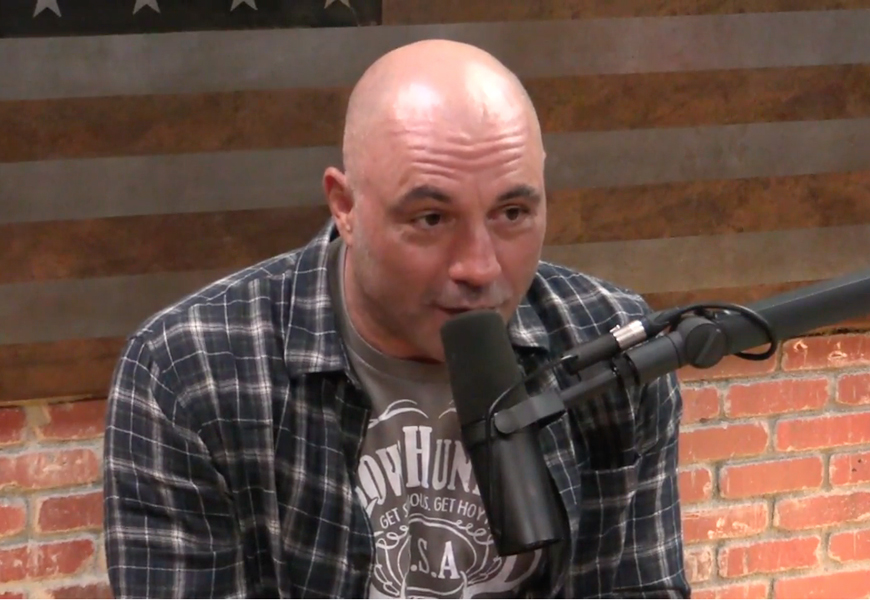According to a 2020 report by the American Society of Plastic Surgeons, eight per cent of all cosmetic procedures were attributed to men. Doesn’t sound like a lot? Well, it’s about 1.1 million procedures in 365 days—more than the total population currently living in Calgary. Out of that one million-plus number, 21,825 butt augmentation with fat grafting, 1,179 butt implants and 2,872 butt lifting procedures were fulfilled on men. While we have no judgement, a man’s got to do what a man’s got to do, Dr. George Bitar, a board-certified plastic surgeon in Washington, D.C. shares his medical insight for anyone considering adding a little junk to their trunk.
Seek a board-certified plastic surgeon
Should a Brazilian butt lift be on your must-do list, think long and hard and do your due diligence when seeking a plastic surgeon. This can be a safe operation, but only when fulfilled by a trusted, reputable, board-certified and experienced plastic surgeon. So you’ll want the best. “Brazilian butt lift patients experienced significant mortalities in the past 15 years, because those procedures were being performed by surgeons who did not have adequate training and did not follow sound anatomical principles,” explains Dr. Bitar. “They sometimes injected a huge amount of fat deep in the buttocks (below the muscle and into the deep veins) where it is not safe. In worst-case scenarios, quack doctors have injected patients with industrial grade silicone. I remember one case where I had to remove scarred silicone from a patient’s hips and buttock and perform a lower body lift to give an acceptable contour after the injections mutilated their body.”
Where the fat is injected is critical
Recently, the American Society of Plastic Surgeons created a task force to look into the safety of Brazilian butt lifts. Their recommendations included injecting fat in the subcutaneous layer of the buttocks (the superficial layer) and to not inject fat into the muscle or the deeper layers. “Also, the recommendations were to use a big diameter blunt cannula for injecting fat to avoid injuring veins and arteries. A small/ sharp cannula easily perforates fragile veins in the buttocks’ deeper layers,” adds Dr. Bitar. “When fat travels through veins into the lungs, it causes a fat embolism that can result in a patient’s death.” So when you’re consulting surgeons, ask about their techniques and how they inject fat into the area and what types of instruments are employed. You may also wish to ask where they were trained on the procedure and to see their medical accreditations. Remember, this is not just for a great outcome, but also for your health and safety.
Be in good health and cleared by your doctor
Before going under the knife, book an appointment with your family doctor and talk to them about the procedure. Request a complete medical and only consider having a butt lift when you are in optimum health. Remember, a competent plastic surgeon will ask you about these details, so be truthful in your answers. Qualified doctors will not operate on patients who have not been cleared by their primary care physicians for elective surgery nor will they perform the procedure on anyone with risk factors such as obesity, diabetes, high blood pressure or any other medical condition that could put them at risk for elective surgery.
Set up Proper After Care Instructions and Post-operative Recovery Monitoring
Should the butt lift be green lit for you, make sure to set up the proper after-care you need. And no, you can’t man this one alone. So stay at home, have the procedure fulfilled locally and identify your support person. “There are many patients who decide to go abroad for this procedure where they are not properly monitored post-operatively,” says Dr. Bitar. “This is real surgery. Proper garments, early annulation, need for blood thinning after surgery to decrease risk of blood clots and keeping the incisions clean are all part of proper after-care. The plastic surgeon should provide clear post-op orders and when followed, the result should be a very pleasing one to the patient and surgeon. Post-operative appointments with the surgeon are a must, and you should be seen by the doctor who performed your surgery during your recovery at the one-year follow-up appointment to assess your overall results and satisfaction.”












